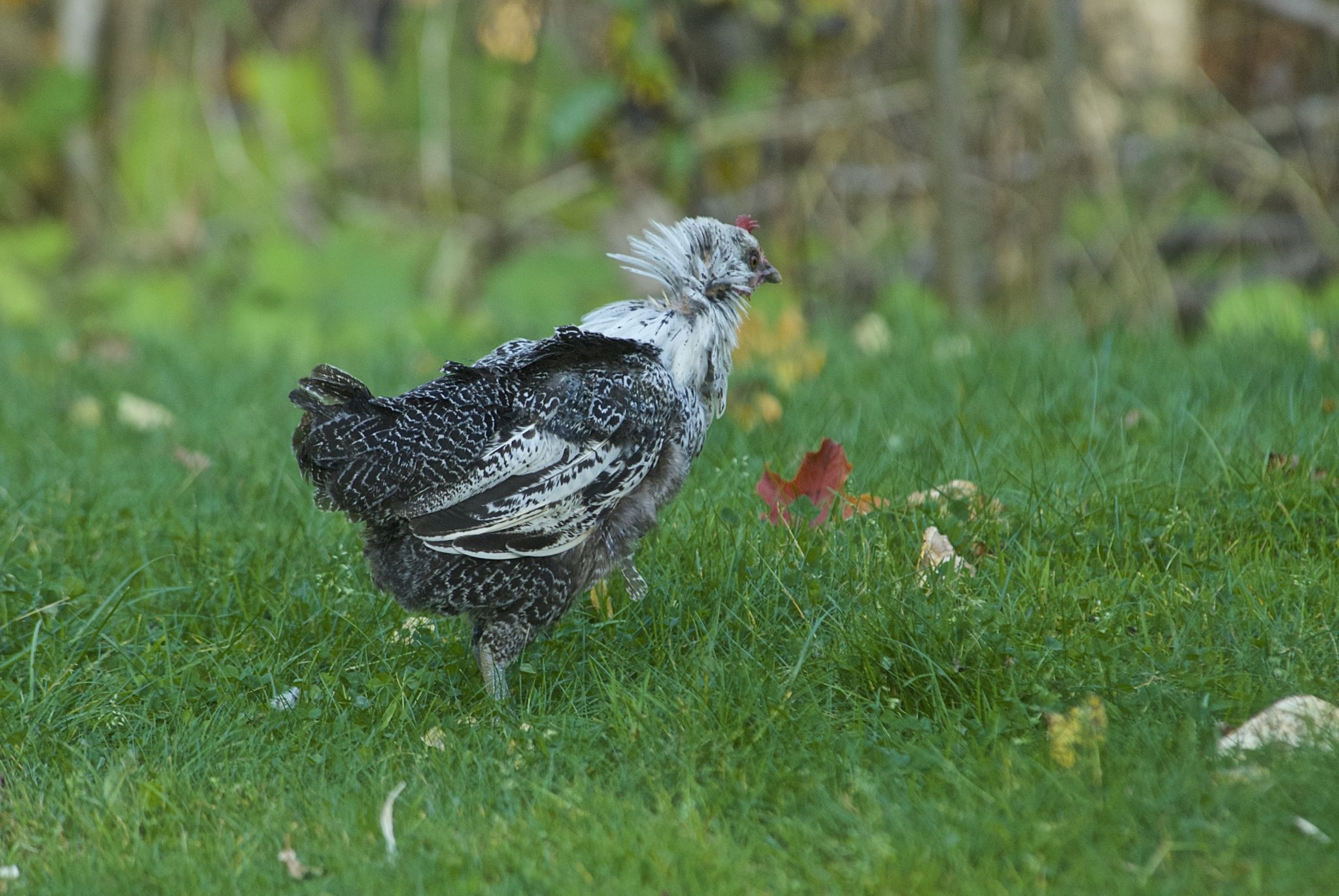No, your chickens are not dying. It’s molting season.

Anyone who has owned chickens knows there is a time of year when there are more feathers on the ground than on the birds.
That time is now: Molting season.
Molting, the natural shedding of old feathers and re-growth of new ones, is something every chicken experiences, and it’s often not pretty as the process can leave birds with loose scraggly-looking feathers or bald patches.
“Molting could well disturb someone who is unfamiliar with the process,” longtime backyard chicken farmer and homesteader John Twomey of Montville said. “Heck, the birds often look so ragged that it worries even those of us who have seen it before.”
But it is nothing to worry about.
“It’s a natural process that chickens have always had,” according to Donna Coffin, professor with the University of Maine Cooperative Extension. “It’s a time they recognize a change in daylight, so whether the chicken is in Florida or in Maine, if there is shortening hours of daylight, they will go into molt. It has nothing to do with air temperature.”
Twomey has gotten used to the annual feather drop.
“I would say that it is important to keep in mind that molting is a natural process by which birds, including chickens, replace old feathers with shiny new ones,” he said. “The new feathers offer better insulation and protection from the elements, all of which matters greatly, particularly in states that have harsh winters.”
So what’s a poultry keeper to do if they want to keep the feathers on the bird?
“Supplemental lights should be started before the chickens even begin to molt,” Coffin said. “Because once they start to molt, they are going to complete that process.”
Coffin said a good rule of thumb when it comes to chickens is to make sure they have 14 to 16 hours of light — natural or combined with an artificial source — per day.
She recommends putting the light on a timer so it snaps on automatically in the morning and then shuts down once the sun is up.
“Let night come naturally,” she said. “That way they can know it’s going to get darker and they can start to find their roosting spots and go about their evening business.”
If the light is left on 24 hours per day, Coffin said, you can end up with confused chickens.
“If it does not get dark, they can wander around like, ‘What do I do?’” she said.
It’s also important to remember to reset the timer on an automatic light as the sun rises later and later in the years.
“Don’t just set it once and forget it,” Coffin said. “And as long as they have access to dry bedding, they will be just fine.”
Chickens going through molt can slack off in egg production, but Coffin said it will pick up again once they are through the molting process and sporting their shiny new feathers.
Twomey is not sure it makes a bit of difference one way or another to the birds themselves that they look a tad bedraggled during molting season.
“I do not know if molting is painful but I have noticed that my chickens are a bit lethargic when molting,” he said. “Having fewer feathers could cause them to feel more vulnerable to the elements. They certainly look terrible to most people, though I am unaware of chickens being concerned with their own appearance.”
